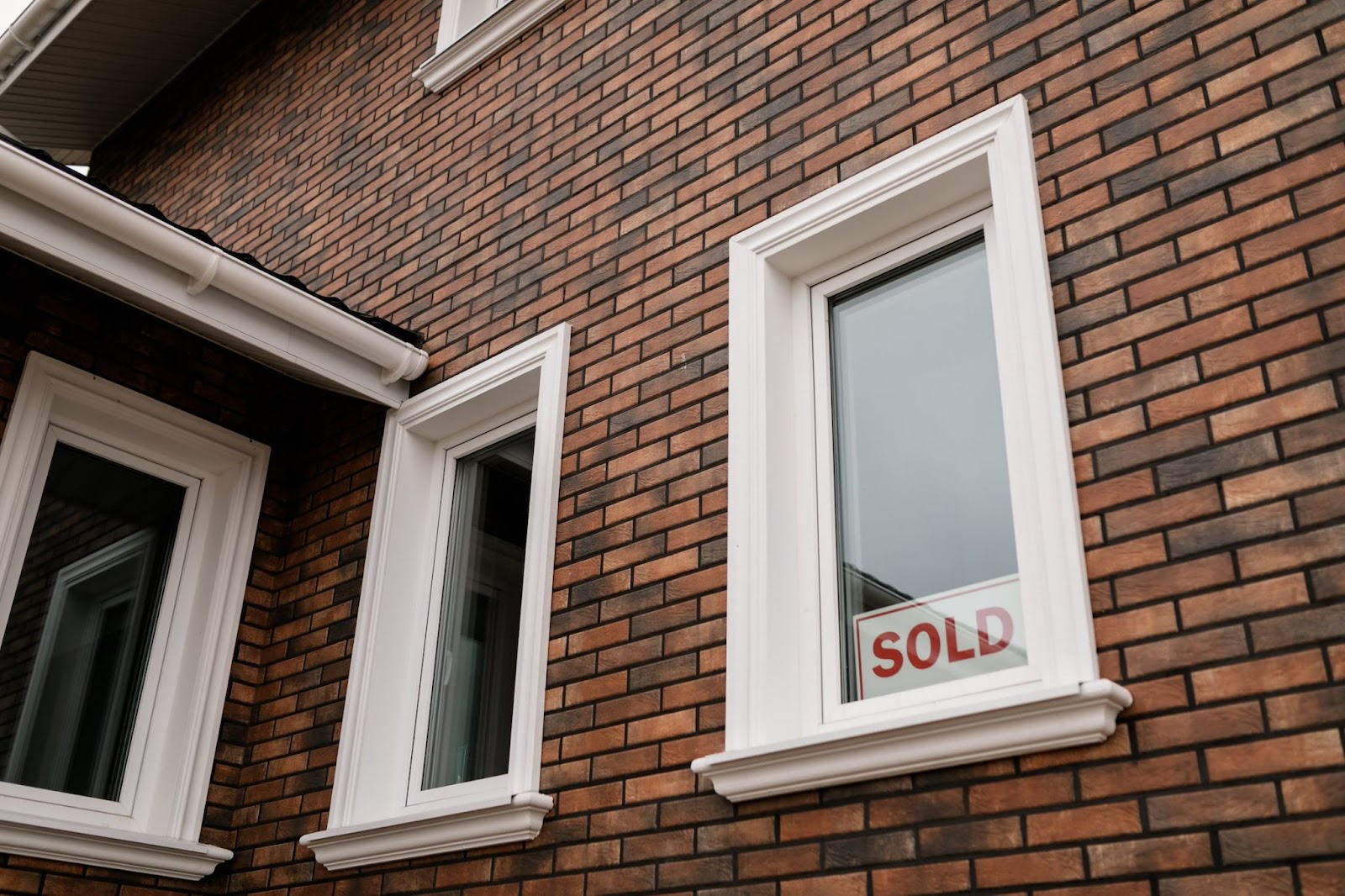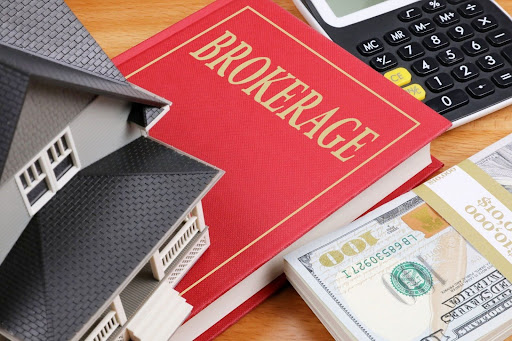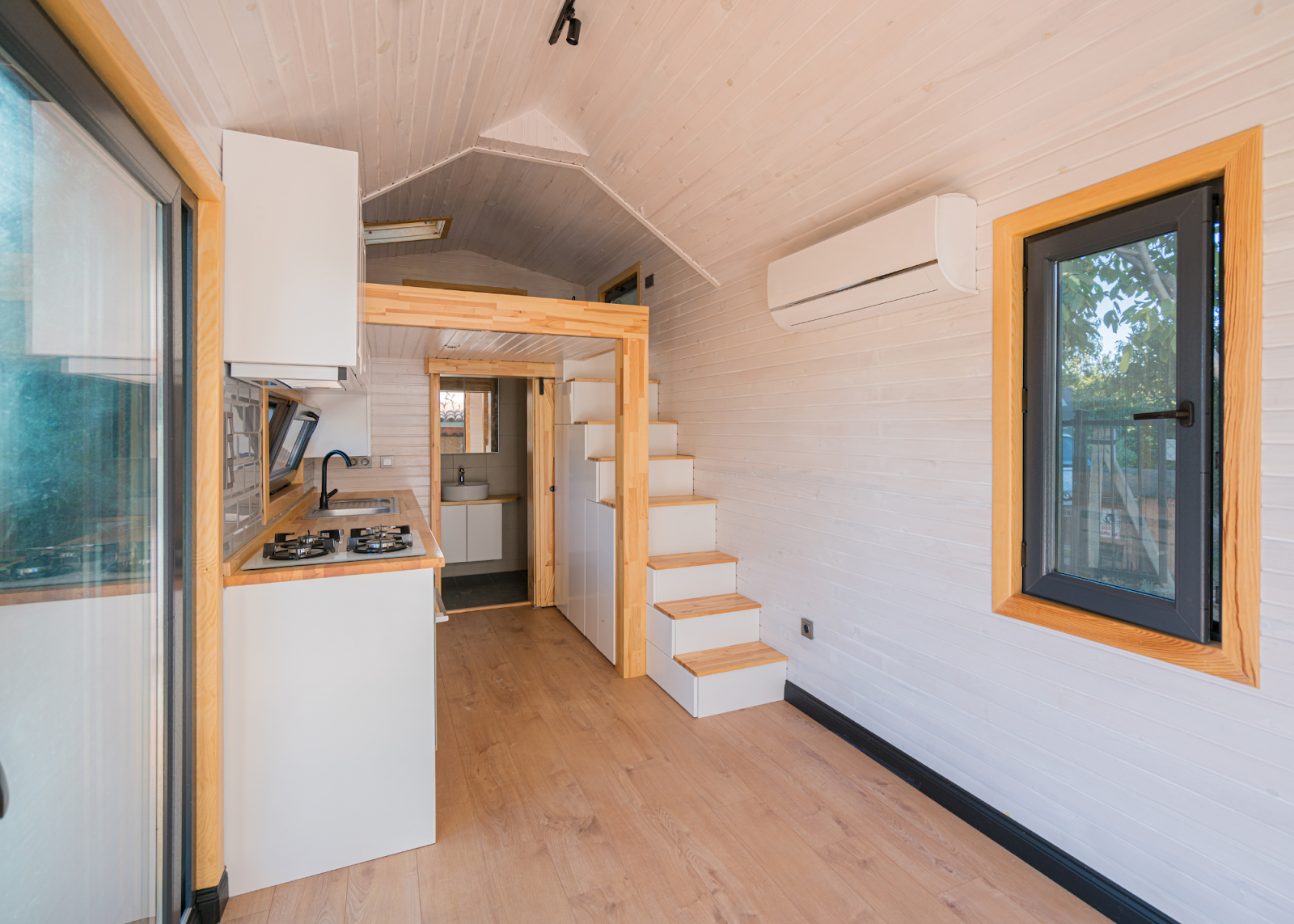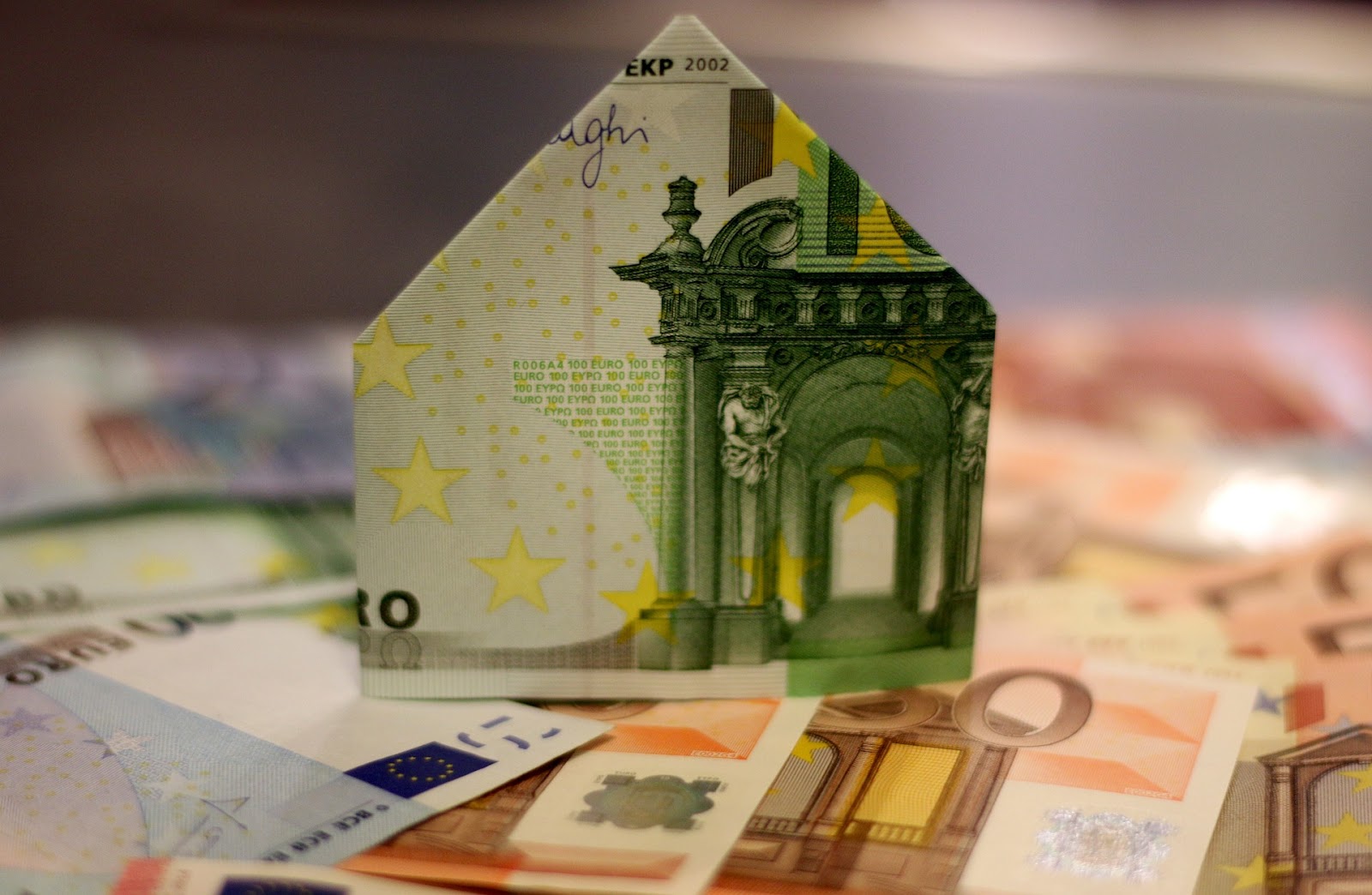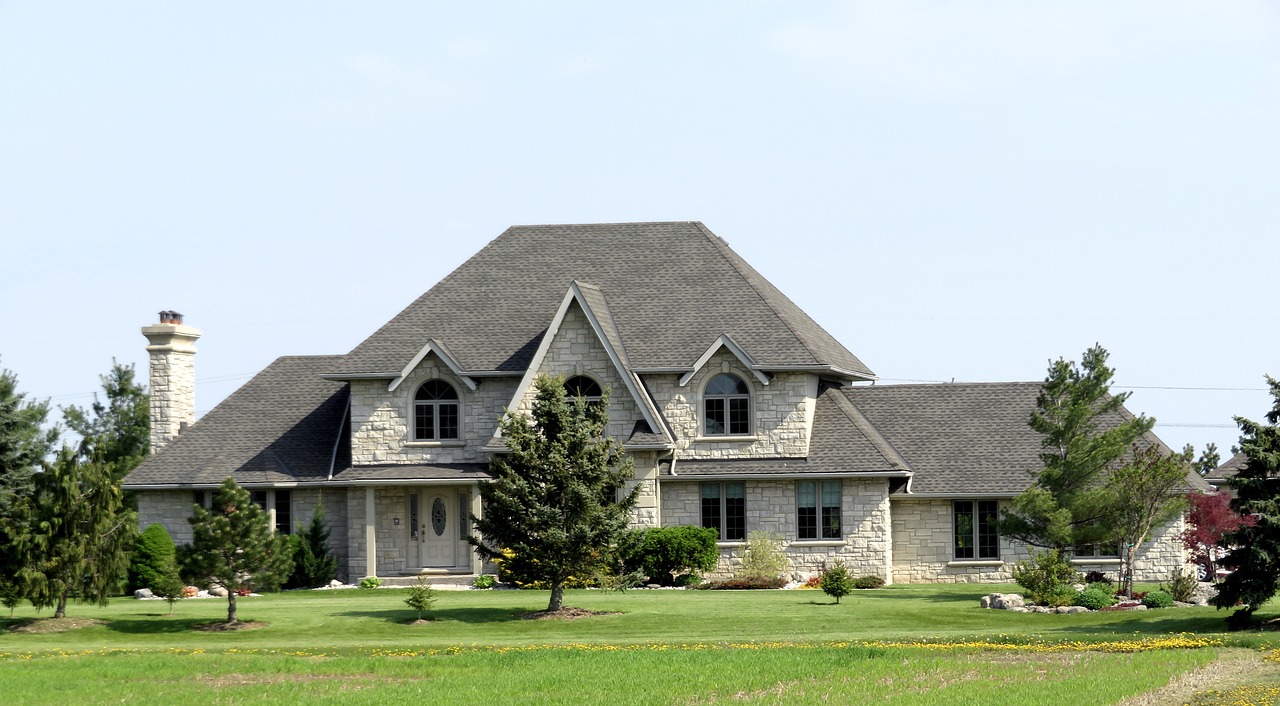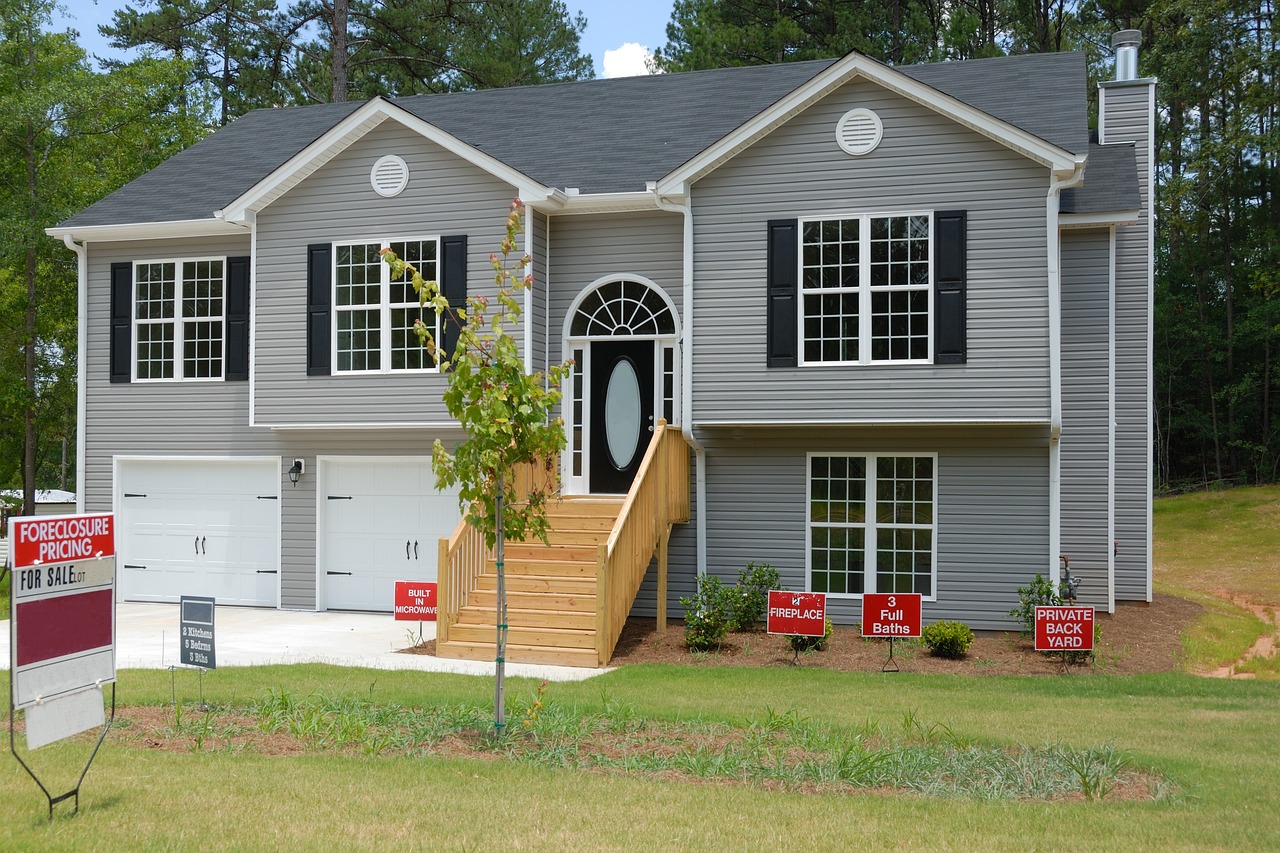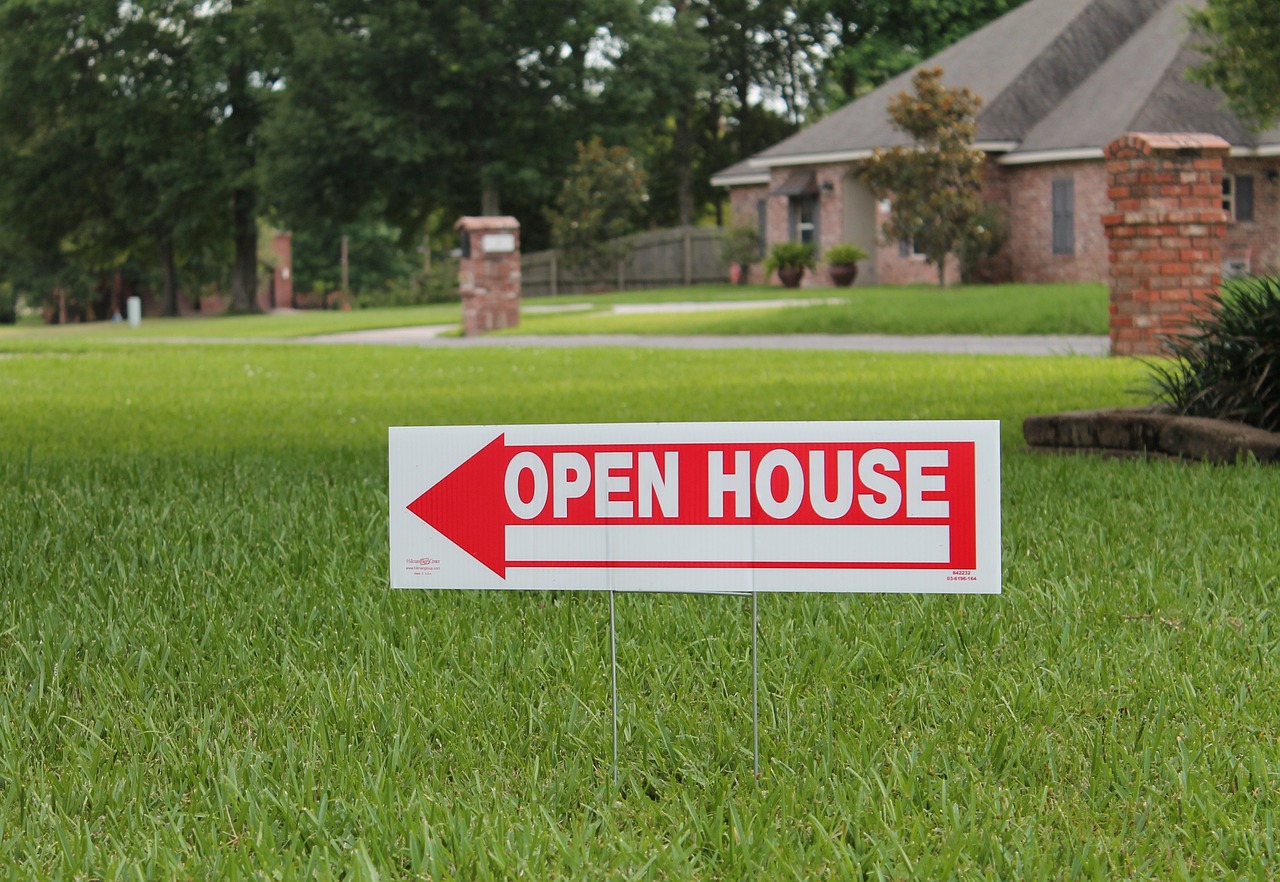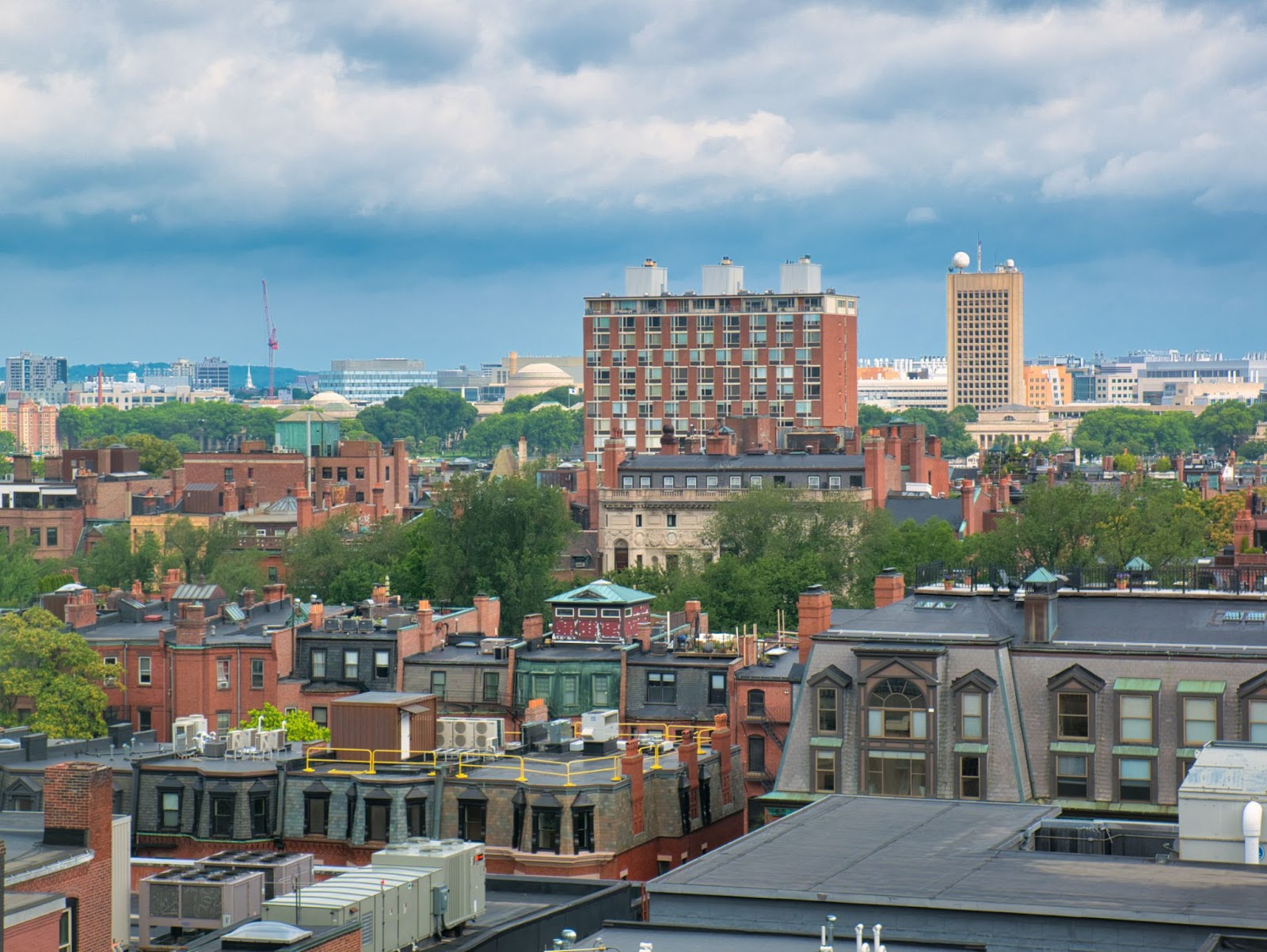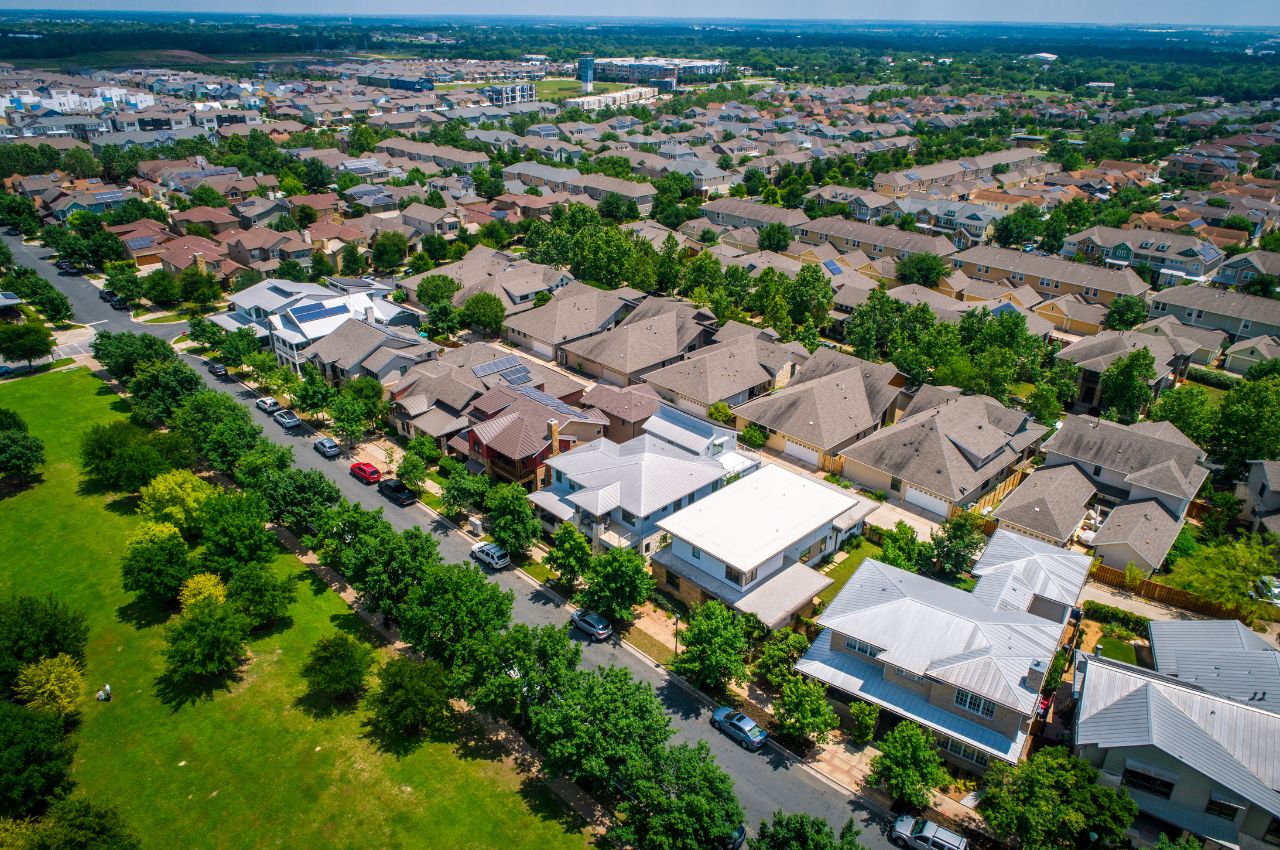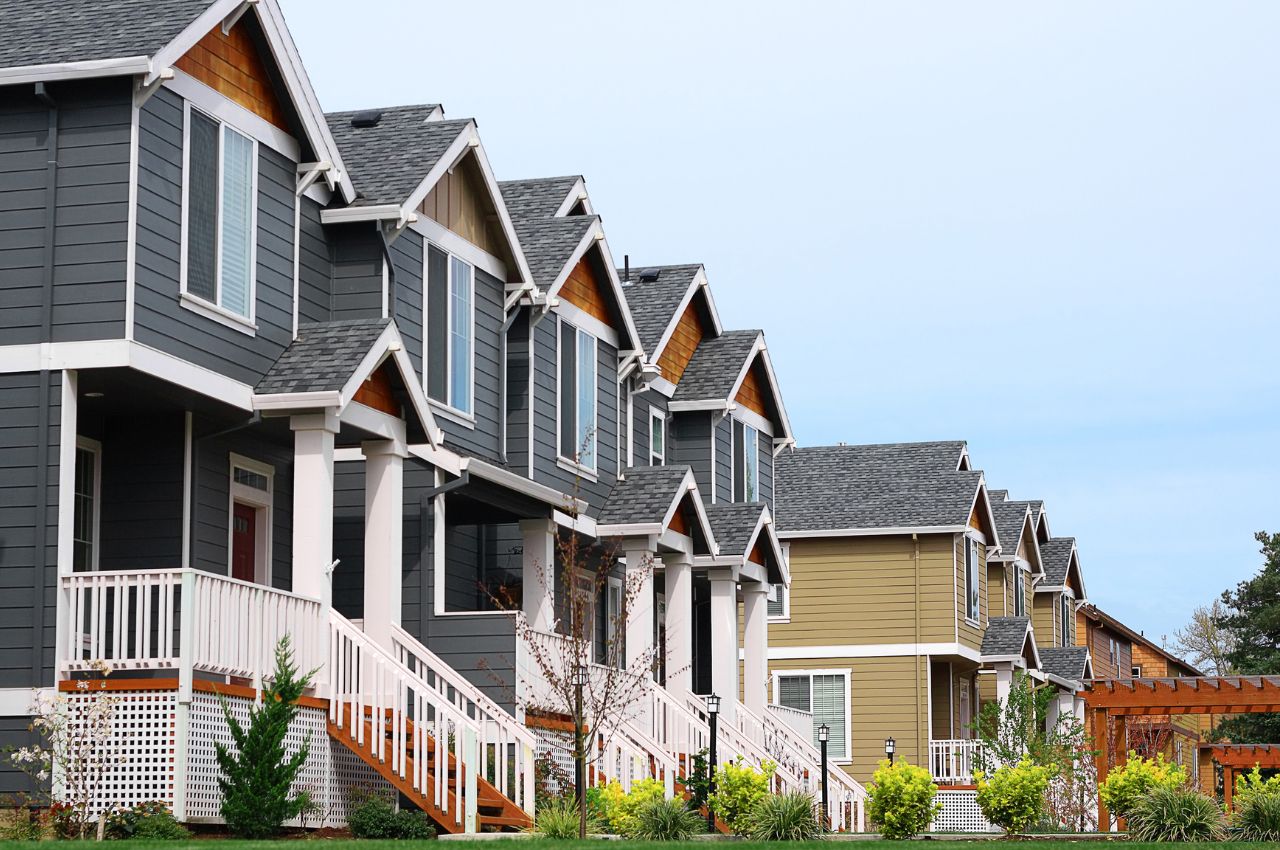High interest rates are reshaping the dynamics for buyers and sellers. As mortgage rates reach a two-decade high, the housing market undergoes significant transformations, presenting challenges, opportunities, and nuanced influences on the real estate industry.
A keen eye on the market reveals the intricate shifts in response to escalating interest rates. It provides insights into the evolving behaviors of buyers and sellers amid these financial changes. Rising inflation prompts the Federal Reserve to increase interest rates, substantially affecting consumers’ borrowing costs. From credit card swipes to mortgage applications, the financial burden is palpable. Homebuyers, once comfortable with their mortgage payments, now face challenges qualifying for loans as interest rates soar.
National Association of Realtors reports reveal a nearly 17% annual drop in home sales, with mortgage rates at their highest since 2001. A $300,000 home loan now demands approximately $330 more monthly payments than the previous year, significantly impacting aspiring homeowners. Houston Association of Realtors chairperson Cathy Trevino notes the sidelines are filled with hesitant buyers due to soaring and staggering interest rates. First-time homebuyers, particularly, question their decision to wait, realizing the financial repercussions of delayed actions.
Sellers, too, grapple with the consequences of high interest rates. Some opt to withdraw their homes from the market, not due to a lack of interested buyers but as a strategic response to the financial implications. The reluctance to swap a low mortgage rate for a higher one restrains many homeowners from moving. This contributes to a 15% reduction in available homes for sale compared to the previous year, constraining the housing supply and driving up prices.
The competitive real estate arena intensifies as bidding wars become the norm, a phenomenon that extends beyond the pandemic era. Aware of the growing demand, Sellers confidently ask top dollar for their homes, leading to scenarios where buyers must prepare for competitive offers and higher-than-expected purchase prices.
Amid the challenges, buyers focus on new constructions, seeking alternatives to the limited pool of existing homes. However, the surge in new builds, up approximately 31% from the previous year, fails to counterbalance the impact of rising mortgage rates. Affordability remains a concern, even with price reductions, exacerbating the frustrating perpetual struggle for prospective homeowners.
The ripple effect of high interest rates extends to the physical dimensions of homes. Builders opt for smaller structures as prices drop, offering cost savings that benefit buyers. The average size of new homes decreases from 2,359 sq. ft. to around 2,200 sq. ft. Townhomes and condos experience a resurgence in popularity, driven by the appeal of reduced maintenance responsibilities and lower costs.
Under the weighty influence of high interest rates, the real estate market’s shifting landscape prompts careful consideration for both buyers and sellers. As the housing market navigates these challenges, those on both sides of the housing market must strategically evaluate the optimal timing to engage in real estate transactions. The complex interplay of financial forces shapes the decisions of those entering or navigating the real estate arena, with the potential for an even more significant impact on the future of real estate.
